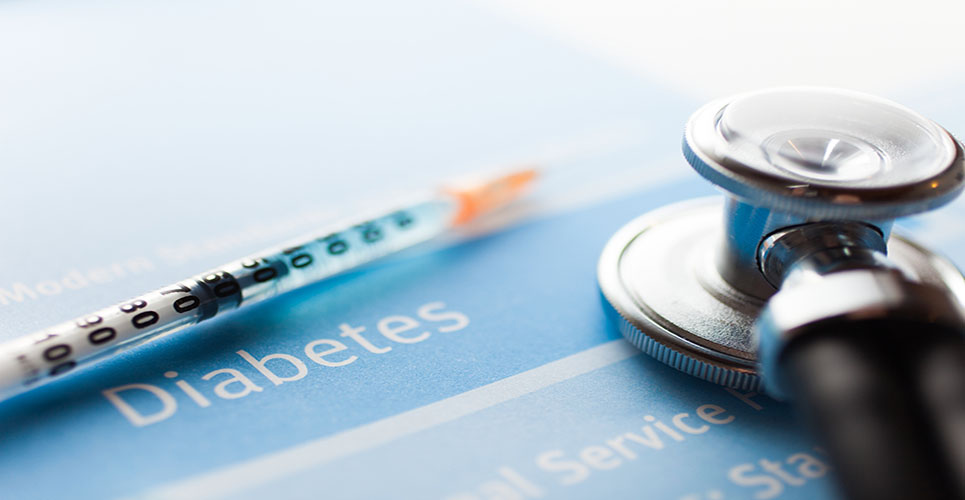teaser
Boehringer Ingelheim and Eli Lilly & Company today received Marketing Authorisation from the European Commission for Trajenta® (linagliptin) 5 mg film-coated tablets for the treatment of adults with type 2 diabetes.
The European Commission has approved linagliptin in combination with metformin and metformin plus sulphonylurea.
Linagliptin is also approved for use as monotherapy in patients inadequately controlled by diet and exercise alone and for whom metformin is inappropriate due to intolerance, or contraindicated due to renal impairment.
“The Phase III clinical trial programme has demonstrated the meaningful efficacy provided by linagliptin in the treatment of type 2 diabetes,” said Professor Klaus Dugi, Senior Vice President of Medicine at Boehringer Ingelheim.
“We are delighted that linagliptin will soon be available to patients across Europe. Observed improvements in glycaemic control have proved to be durable up to 52 weeks and effective for a wide range of adult patients making linagliptin a reliable and efficacious treatment for type 2 diabetes.”
Studies show that linagliptin is efficacious, with a favourable safety and tolerability profile, reducing haemoglobin A1c (HbA1c) levels by a mean of -0.6 to -0.7% (compared to placebo). HbA1c is measured in people with diabetes to provide an index of blood glucose control for the previous two to three months and is used as a marker to determine the efficacy of glucose-lowering therapies.
“Unlike other DPP-4 inhibitors, linagliptin is primarily excreted unmetabolised via bile and gut, meaning no dose adjustment is needed in adult patients with declining kidney or liver function,” said Professor Anthony Barnett, Consultant Physician at the Heart of England NHS Foundation Trust.
“This means that linagliptin is available at only one dose. This is convenient for physicians, because one dose is the right dose for all adult patients.”
The approval of linagliptin 5 mg was based on a clinical trial programme, which involved approximately 6,000 adults with type 2 diabetes. Included in the programme were placebo-controlled studies evaluating linagliptin as monotherapy and in combination with the commonly prescribed oral antihyperglycaemic medications metformin and/or sulphonylurea.
In two monotherapy studies, linagliptin showed a statistically significant mean difference in HbA1c from placebo of -0.6 to -0.7%. In patients who were not adequately controlled on metformin or metformin plus sulphonylurea, the addition of linagliptin also resulted in a statistically significant mean difference in HbA1c from placebo of -0.6%. Hypoglycaemia was rare and weight did not change significantly from baseline.
In a two-year study comparing the efficacy and safety of the addition of linagliptin 5 mg or glimepiride (mean dose 3 mg) in patients with inadequate glycaemic control on metformin monotherapy (mean baseline HbA1c 7.69%), linagliptin was similar to glimepiride in reducing HbA1c, with a treatment difference of 0.20% (97.5% CI: 0.09, 0.299).
The incidence of hypoglycaemia in the linagliptin group (7.5%) was significantly lower than that in the glimepiride group (36.1%). Patients treated with linagliptin exhibited a significant relative weight loss of -2.7 kg (Linagliptin: -1.39 vs. Glimepiride: +1.29 kg).
In the pooled analysis of the placebo controlled trials, the overall incidence of adverse events in patients treated with placebo was similar to that seen with linagliptin 5 mg (53.8% versus 55.0%). The most frequently reported adverse reaction was hypoglycaemia observed with the triple combination of linagliptin plus metformin plus sulphonylurea (14.7% with linagliptin versus 7.6% with placebo). None of the hypoglycaemias were classified as severe.

